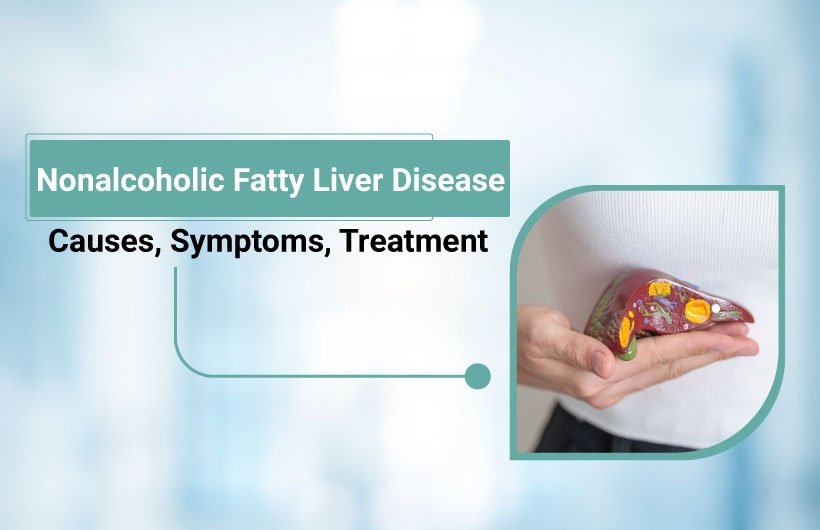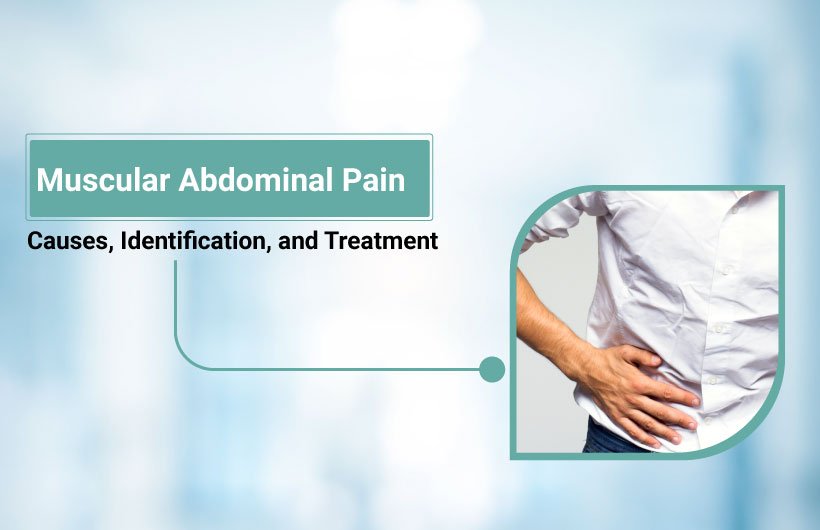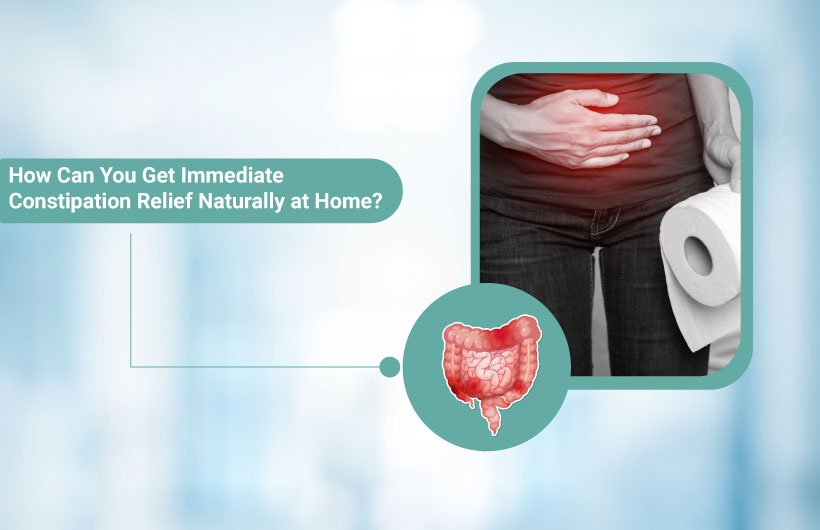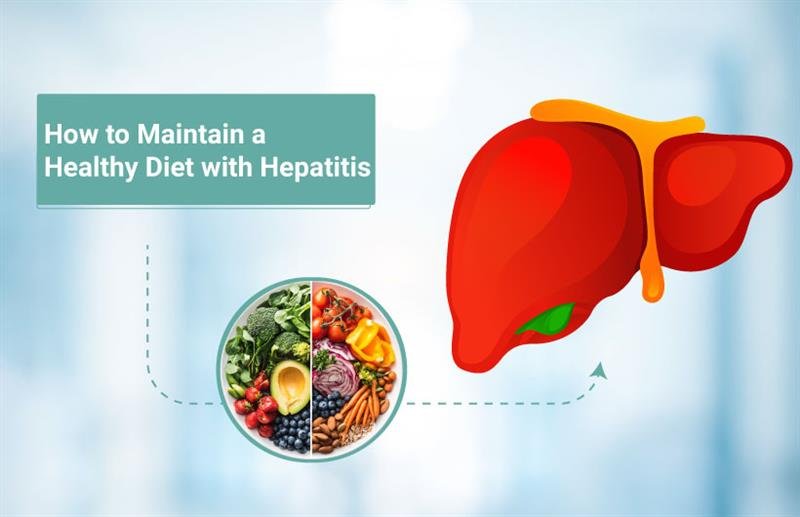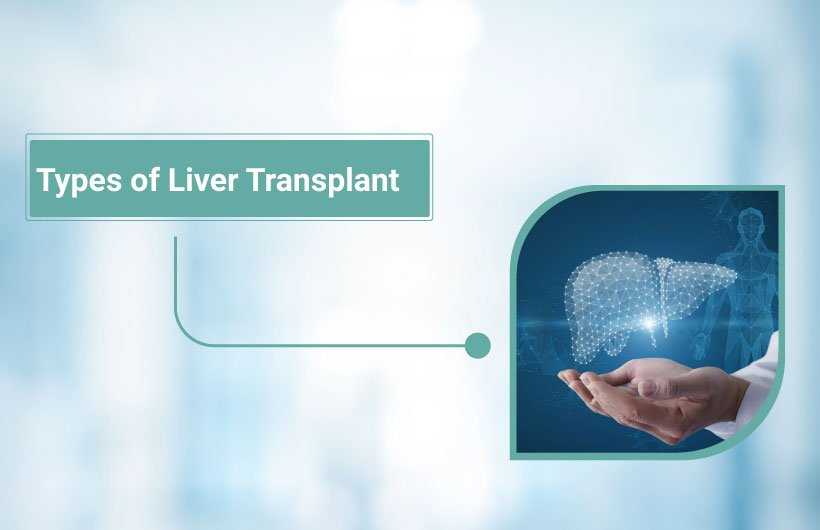Fatty Liver Disease is becoming increasingly common worldwide, affecting millions of people due to poor lifestyle choices, unhealthy diets, and excessive alcohol consumption. Fatty Liver Disease exists in one-quarter of all people across the world according to research findings. Fatty Liver Disease usually does not exhibit signs until its late stages, yet the absence of treatment leads to serious liver deterioration. All essential information about Fatty Liver Disease will be presented in this blog from its root causes of fatty liver disease to diagnosis procedures and treatment plans.
Excessive liver cell fat accumulation triggers the disease called Fatty Liver Disease that generates both liver inflammation and tissue scarring. Patients generally develop two different types of Fatty Liver Disease:
- Non-Alcoholic Fatty Liver Disease (NAFLD) follows obesity and unhealthy eating habits and physical inactivity.
- Alcoholic Fatty Liver Disease (AFLD) occurs from excessive alcohol use.
Prevention of this condition remains possible yet patients need quick diagnosis alongside appropriate fatty liver treatment to prevent potential negative effects. We need to explore the complete picture of this situation together with its origin factors and the most suitable methods to stop or undo it.
What is Fatty Liver Disease?
When liver cells develop excessive fat accumulation, it leads to Fatty Liver disease, which undermines normal liver functioning. The liver accepts some minimal fat content without damage, yet doctors classify Fatty Liver Disease when liver weight exceeds 5-10% from fat. The increased tissue fat creates inflammation that results in fibrosis, which can eventually generate liver failure in advanced situations.
There are two primary types of Fatty Liver Disease:
- Non-Alcoholic Fatty Liver Disease (NAFLD) and Alcoholic Fatty Liver Disease (AFLD).
- NAFLD represents the most widespread condition that develops because of obesity combined with type 2 diabetes and metabolic problems. Fatty liver develops mostly when people eat poorly, alongside lacking physical activity.
- AFLD appears because of extreme alcohol consumption, which both destroys liver cells and causes the body to build up fat.
Complete fatty liver treatment of both conditions becomes essential for preventing their advancement toward severe liver diseases like cirrhosis.
Causes of Fatty Liver Disease
- Multiple causes lead to Fatty Liver Disease development. The leading cause of fatty liver disease arises from obesity since the body fat excess typically results in liver tissue fat development. A diet consisting of processed foods together with excessive sugar and unhealthy fat intake makes the condition worse. The intake of excessive sugary drinks together with fast food consumption creates insulin resistance which directly affects the development of NAFLD.
- Insulin resistance together with Type 2 diabetes serves as a primary cause for the development of fatty liver disease. A resistant body fails to control blood sugar properly, which results in liver fat deposition. Abnormally high cholesterol levels with metabolic syndrome contribute to liver dysfunction while simultaneously causing expanded fat accumulation in the body.
- Apart from being a primary cause, AFLD represents a main contributing element. The liver breaks down alcohol, yet heavy alcohol use creates liver tissue inflammation, which results in fat buildup. Prolonged heavy drinking eventually leads to scarring of the liver followed by cirrhosis development.
- The combination of insufficient physical exercise and obesity together with metabolic disorders create additional risks for Fatty Liver Disease. Cases of rapid weight loss and malnutrition can trigger Fatty Liver Disease because the underlying process of metabolism becomes too difficult for the liver to handle.
- The liver faces harm from two types of drugs: steroids and chemotherapy drugs, which cause fat to build up in the organ. Several genetic factors exist which increase the vulnerability of certain individuals to liver problems despite living an active and healthy life.
Symptoms of Fatty Liver Disease
- Fatty Liver Disease is often called a silent disease because it may not cause symptoms in its early stages. Many people remain unaware of their condition until it is detected through routine medical tests. However, as the disease progresses, noticeable Fatty liver symptoms may develop.
- Most people who develop this condition will not show any initial signs during the beginning stage. Abdominal discomfort in the upper right quadrant starts to develop when fat continues accumulating in the organ. Bodily exhaustion can occur at normal rest durations for a few people who show no indications of depletion.
- Advanced stages of the disease will bring forth more serious symptom manifestations. Recurring abdominal pain which mainly affects the upper right portion stands as a regular symptom. The deterioration of liver function can show through weight loss, which doctors cannot explain and decreased appetite. When liver function becomes impaired after eating fat, people commonly experience nausea and illness because the liver cannot break down fats properly.
- The condition progresses to fluid accumulation in the abdominal area (ascites) alongside leg swelling (edema) as severe complications. Jaundice occurs when jaundiced skin and eyes emerge because liver function declines. The warning indicators for liver distress include both darkened urine and pale-colored stools, and itchy skin. Severe liver dysfunction becomes evident when patients develop mental confusion together with concentration problems.
Diagnosis & Tests for Fatty Liver Disease
- Physicians determine Fatty Liver Disease through blood testing and medical imaging and occasionally need liver biopsy results. Blood tests called Liver Function Tests measure protein levels to evaluate liver condition. The medical professional will examine blood test results to identify signs of inflammation or organ damage.
- The diagnosis of fat deposits in the liver happens through both ultrasound and MRI imaging tests. Patients can check liver enlargement and fat accumulation through non-invasive ultrasound examinations, and detailed evaluations of liver health emerge from MRI scans.
- Healthcare providers will use a liver biopsy procedure when inflammation or scarring appears likely. A Liver Specialist will obtain a small liver tissue sample to study under microscopic examination. Medical professionals use a Fibroscan device to evaluate liver stiffness, which assists them in detecting liver damage intensity.
Can Fatty Liver Be Reversed? Treatment & Prevention
- The good news is that Fatty Liver Disease is reversible in its early stages with lifestyle changes. Weight loss plays a crucial role in reversing the condition. Studies show that losing just 5-10% of body weight can significantly improve liver health. Regular exercise, such as brisk walking, jogging, or strength training, helps reduce liver fat and improves overall metabolism.
- The treatment of Fatty Liver Disease depends completely on proper dietary habits. Introducing fiber-active foods consisting of vegetables, fruits, along with whole grains helps to support liver wellness. People with Fatty Liver Disease should opt for fish and chicken proteins instead of red meat as healthy proteins. The liver relies on healthy fats originating from olive oil together with nuts and avocados to work properly.
- A person must completely avoid both processed food products and excessive carbohydrate consumption and non-alcoholic sweetened beverages. People who have AFLD must decrease their alcohol consumption because it plays an important role in the disease management process. The detoxification processes of the liver benefit from both regular hydration practices and enough water consumption.
- The medical team might provide medicine to treat patients who have diabetes and high cholesterol alongside their NAFLD. The combination of Vitamin E supplements with specific anti-diabetic drugs is effective in handling NAFLD. Many products advertised to detoxify the liver currently do not have scientific backing. Proven lifestyle adjustments represent the strongest therapy for this medical condition.
When to See a Doctor
Step up for medical treatment whenever the Fatty liver symptoms become visible. Medical attention ought to be sought for persistent stomach pain and unexplained body weight changes along with the presence of jaundice symptoms. The results of routine liver function tests serve as a tool for monitoring liver health specifically for people who have obesity or diabetes as risk factors.
Medical intervention at an early stage shields patients from developing either cirrhosis or liver failure following Fatty Liver Disease diagnosis. When lifestyle changes fail to improve the condition, a person should seek medical advice from specialists. Dr. Varun Bajaj specialises in liver health and develops customized care plans for treating and overcoming Fatty Liver Disease.
Conclusion
The health concern of Fatty Liver Disease remains on the rise, yet individuals can stop it by making proper lifestyle changes, which also lead to its reversal. To prevent liver damage, patients must practice a balanced diet together with sufficient exercise and restricted alcohol usage. The early identification of diseases during medical check-ups coupled with proper management helps stop severe complications from arising.
If you are concerned about Fatty Liver Disease or have symptoms, consult a specialist today. Dr. Varun Bajaj can provide expert guidance to help you maintain a healthy liver and overall well-being. Prioritizing liver health today can prevent serious health issues in the future. Concerned about Fatty Liver Disease? Consult Dr. Varun Bajaj today for expert advice and personalized treatment.


